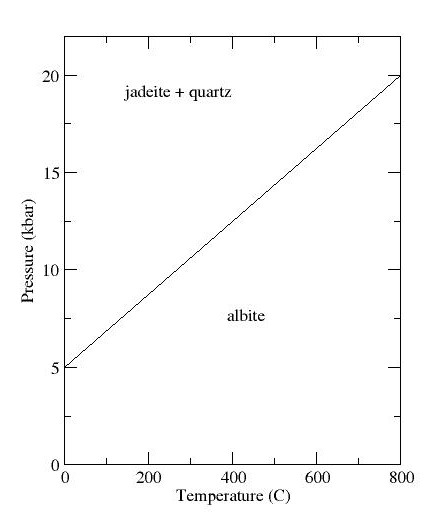|
Leyden Plaque
The Leyden plaque, sometime called Leiden plate or Leiden plaque, is a jadeite belt plate from the early classic period of the Maya civilization. Although the plate was found on the Caribbean coast, it may have been made in Tikal. The plate is now in the National Museum of Ethnology in Leiden, Netherlands, hence its official name. It is one of the oldest Maya objects using the Mesoamerican Long Count calendar. History The plate was discovered by chance by a Dutch engineer, S.A. van Braam, in 1864. He was part of a team employed by a lumber company to dig a canal near present-day Puerto Barrios, in the lower Motagua Valley, a border area of Guatemala and Honduras. The team transected what looked like an ancient Central-American funeral mound. There, together with copper bells and pottery fragments, the little jade plate was found. The plate was taken to the Netherlands in 1864 and gifted to the National Museum of Ethnology. The first scientific description of the plate was m ... [...More Info...] [...Related Items...] OR: [Wikipedia] [Google] [Baidu] |
Jadeite
Jadeite is a pyroxene mineral with composition Na Al Si2 O6. It is hard (Mohs hardness of about 6.5 to 7.0), very tough, and dense, with a specific gravity of about 3.4. It is found in a wide range of colors, but is most often found in shades of green or white. Jadeite is formed only in subduction zones on continental margins, where rock undergoes metamorphism at high pressure but relatively low temperature. Jadeite is the principal mineral making up the most valuable form of jade, a precious stone particularly prized in China. Most gem-quality jadeite jade comes from northern Myanmar. Jade tools and implements have been found at Stone Age sites, showing that the mineral has been prized by humans since before the beginning of written history. Name The name ''jadeite'' is derived (via french: jade and la, ilia) from the Spanish phrase "piedra de ijada" which means "stone of the side". The Latin version of the name, ''lapis nephriticus'', is the origin of the term nephrite, ... [...More Info...] [...Related Items...] OR: [Wikipedia] [Google] [Baidu] |
